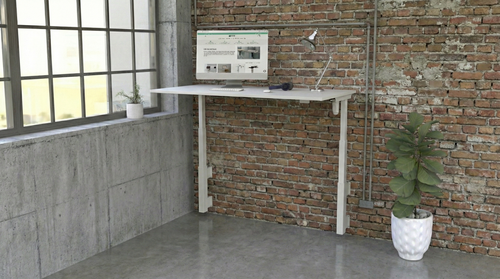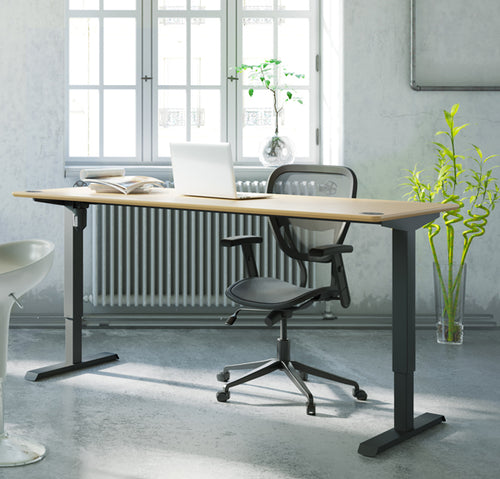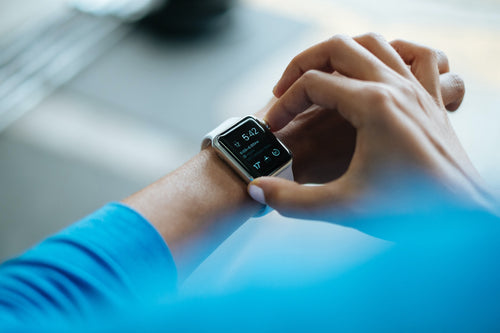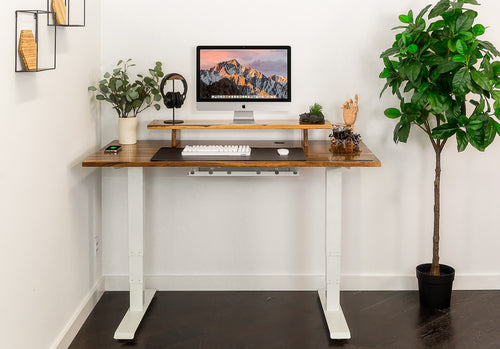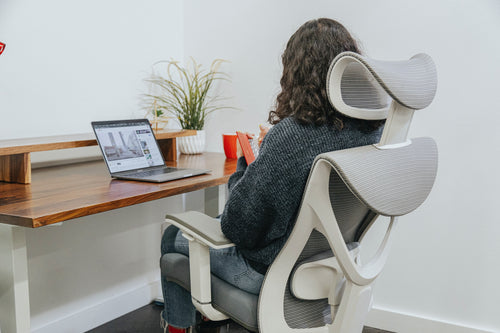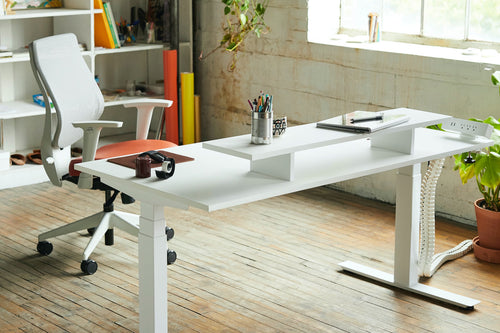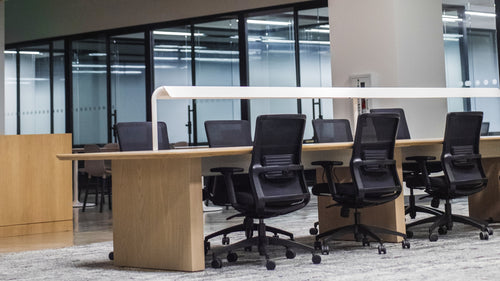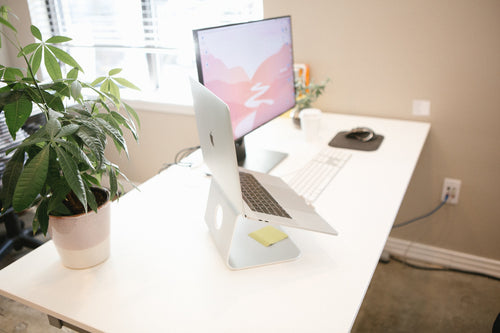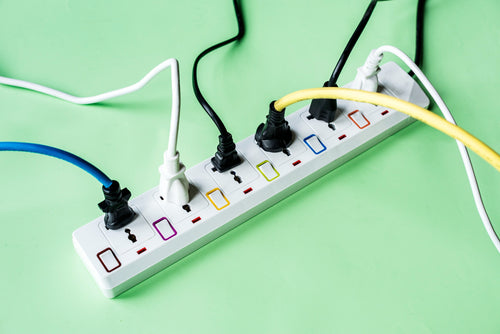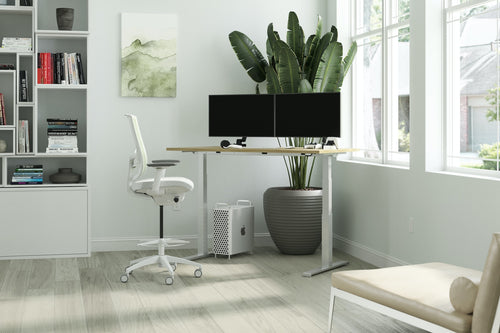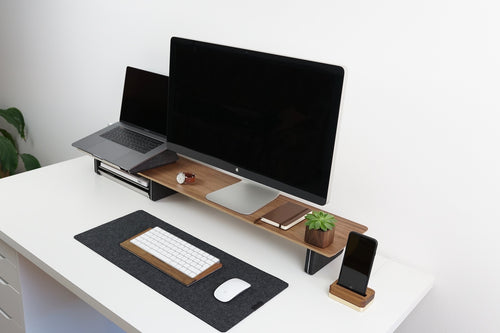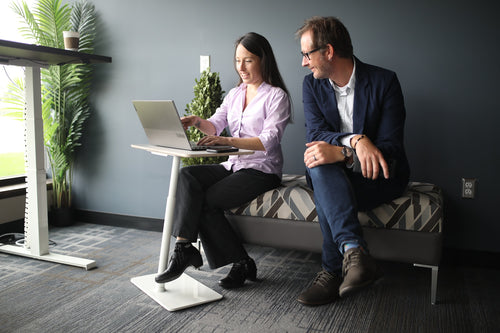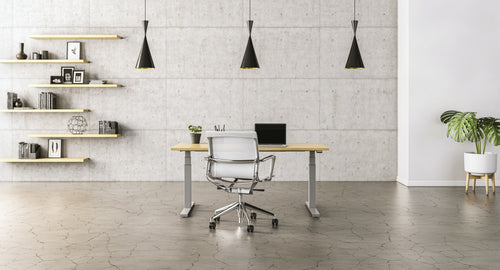Ergonomics is the scientific study of the interaction between humans and their environment, including the tools and equipment they use. In the workplace, ergonomics refers to the design and arrangement of equipment, furniture, and work processes to optimize worker safety, comfort, and productivity. The benefits of ergonomics in the workplace are numerous and far-reaching, and employers who prioritize ergonomics can reap significant rewards in terms of improved employee health and job satisfaction.
One of the most significant benefits of ergonomics in the workplace is the reduction of workplace injuries. According to the Occupational Safety and Health Administration (OSHA), musculoskeletal disorders (MSDs) account for over 30% of all workplace injuries and illnesses. MSDs can be caused by a variety of factors, including repetitive motions, awkward postures, and forceful exertions. Ergonomic design can help reduce the risk of MSDs by minimizing these risk factors. For example, ergonomic keyboards and mice can help reduce the risk of repetitive strain injuries in office workers, while lifting aids can help reduce the risk of back injuries in warehouse workers.
In addition to reducing the risk of injuries, ergonomics can also help improve posture and prevent chronic pain. Sitting for long periods of time can be harmful to the body, leading to a range of health problems, including back pain, neck pain, and poor circulation. Ergonomic chairs and desks are designed to support proper posture and reduce the strain on the body, which can help prevent chronic pain and discomfort.
Furthermore, ergonomic design can help increase productivity and job satisfaction among workers. When employees are comfortable and supported in their work environment, they are more likely to be productive and engaged. In contrast, workers who experience discomfort or pain due to poor ergonomics may be less productive and more likely to take time off due to illness or injury. By prioritizing ergonomic design, employers can help create a workplace that promotes productivity and job satisfaction.
Another benefit of ergonomics in the workplace is improved worker morale. When employers prioritize the health and well-being of their workers, it sends a message that the company values and respects its employees. This can help improve worker morale and job satisfaction, leading to lower turnover rates and a more positive work environment overall.
In addition to the benefits discussed above, there are many other advantages to incorporating ergonomic design into the workplace. For example, ergonomic design can help reduce the risk of eye strain and other vision problems associated with prolonged computer use. It can also help reduce the risk of falls and other accidents by ensuring that workspaces are properly lit and free from obstacles.
Implementing ergonomic design in the workplace does require an initial investment in equipment and training. However, the long-term benefits of ergonomic design can far outweigh the costs. By reducing the risk of injuries and improving productivity and job satisfaction, ergonomic design can help companies save money on healthcare costs, workers' compensation claims, and lost productivity due to injury or illness.
To implement an ergonomic design in the workplace, employers can take a number of steps. First, they can assess the workplace for potential ergonomic hazards and make changes as necessary. This may involve providing ergonomic chairs, keyboards, and other equipment, as well as ensuring that workstations are properly configured to support good posture and reduce strain on the body. Employers can also provide training to employees on proper ergonomic techniques and encourage them to take regular breaks and stretch throughout the workday.
Ergonomics in the workplace is an essential aspect of creating a safe and healthy work environment. By implementing ergonomic design, employers can significantly reduce the risk of workplace injuries and chronic pain while promoting productivity and job satisfaction among their employees. From reducing the risk of musculoskeletal disorders and eye strain to improving posture and preventing falls, ergonomic design has numerous benefits that can ultimately lead to significant cost savings for employers. With proper equipment and training, employers can prioritize the health and well-being of their workers, resulting in a more positive work environment overall. Investing in ergonomics is an investment in the health and productivity of a company's most valuable asset - its employees.
View our range ergonomic products and accessories to find the right tools for your home office setup.



